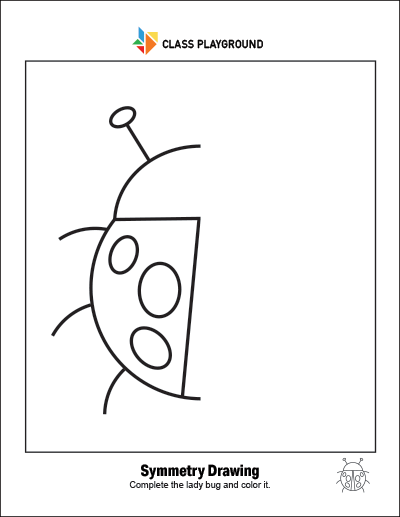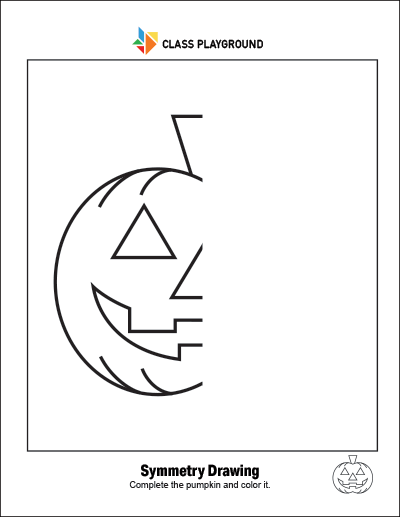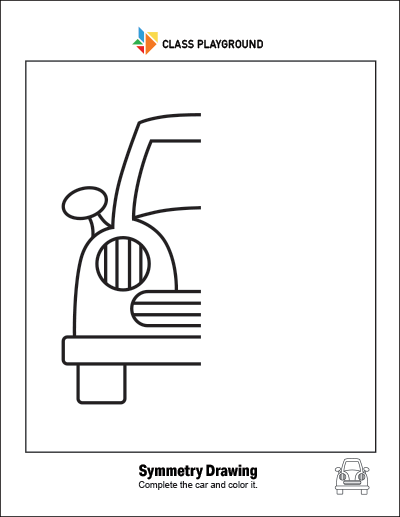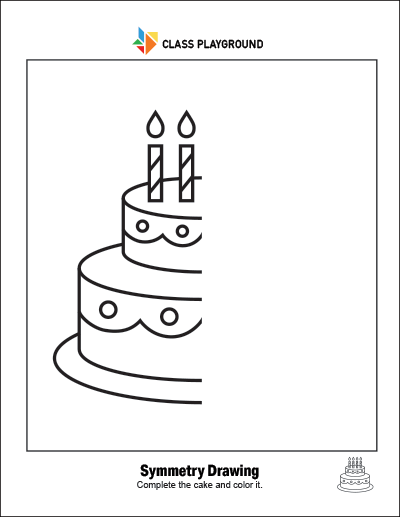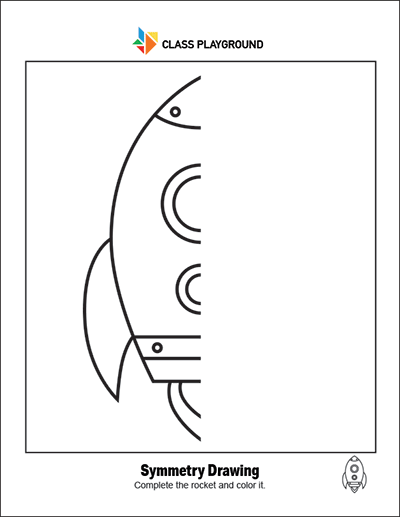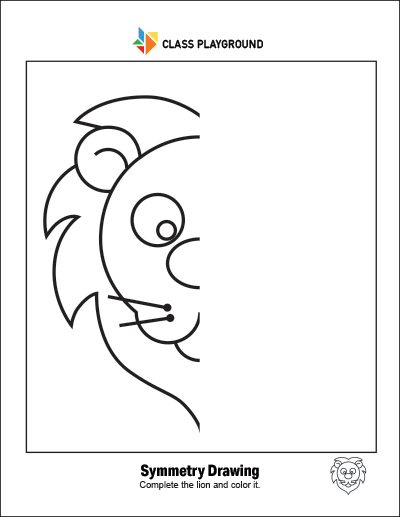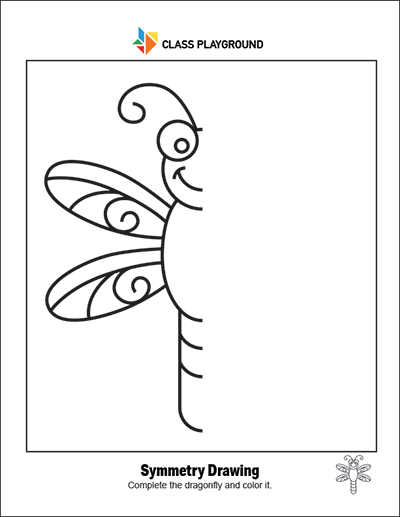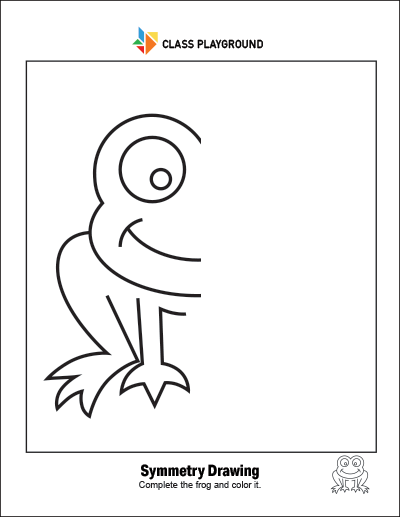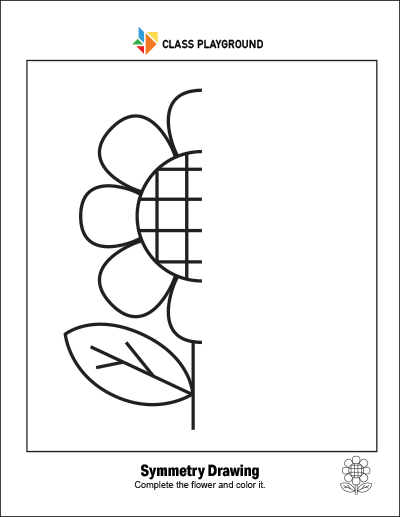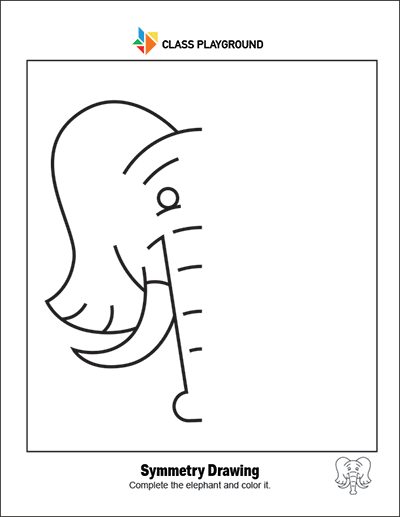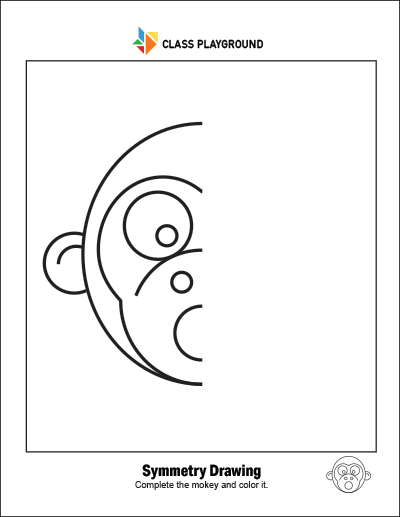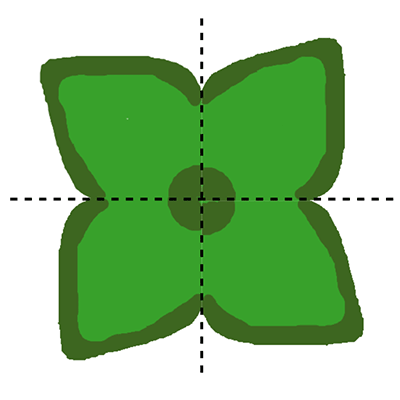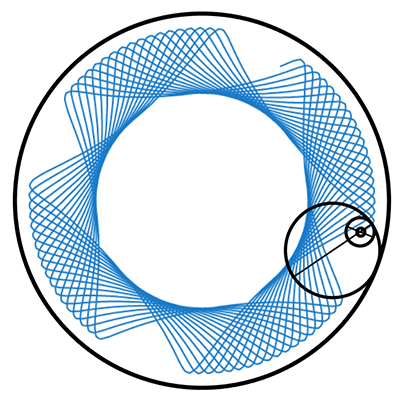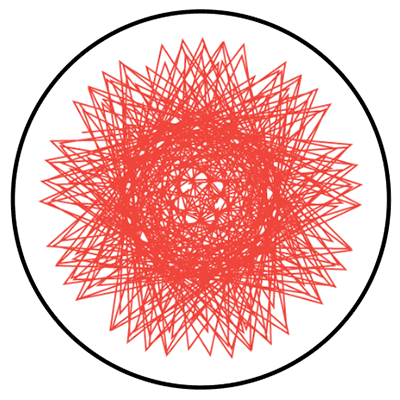What is Symmetry?
Symmetry is an integral concept in mathematics and geometry. In its most basic form, symmetry refers to a similarity or exact matching between different parts of a shape. Essentially, it’s when one shape becomes precisely like another if you move it in some way, such as by flipping, sliding, or turning.
Why is Symmetry Important?
Symmetry is not just a mathematical concept – it’s foundational to the world around us, from nature to art to architecture. Teaching symmetry helps students develop spatial reasoning skills and enhances their problem-solving abilities. It also offers them a new perspective through which they can appreciate their environment.
Types of Symmetry
There are various types of symmetry, but within the realm of elementary education, the two most common types are:
- Reflectional Symmetry (or Line Symmetry): This is when a shape or design can be split into two identical parts that are mirror images of each other. The line dividing the shape is known as the line of symmetry. Common examples include a butterfly or a rectangle.
- Rotational Symmetry: This type of symmetry exists if a shape can be spun or rotated around a central point and still appear the same. For example, a five-pointed star or a snowflake exhibits rotational symmetry.
Strategies for Teaching Symmetry
Use Real-World Examples
To make symmetry more relatable, teachers can encourage their students to find examples in their daily surroundings. This can be an effective approach as it helps them understand the practical applications of symmetry. Here are some ways to achieve this:
- Architectural Designs: Students can look at buildings, bridges, and other architectural designs around them. They can observe the symmetry in these structures and discuss what they find.
- Natural Objects: Nature is full of examples of symmetry. Students can examine leaves, flowers, insects, etc., to find instances of symmetry.
- Art Pieces: Art is another area where symmetry is commonly found. Students can look at various artworks and identify the symmetrical elements in them.
Interactive Demonstrations
Interactive demonstrations using manipulatives can offer a hands-on experience that makes abstract concepts like symmetry more tangible. Here’s how:
- Pattern Blocks: Teachers can use pattern blocks to create symmetrical shapes or designs, and then ask the students to identify the line of symmetry.
- Mirrors: Mirrors can be used to show reflectional symmetry. By placing a mirror along the line of symmetry of a shape, students can see how one side reflects the other.
- Geoboards: Geoboards, with pegs and rubber bands, can be used to create symmetrical shapes and patterns. Students can then replicate a given shape on the other side of a line of symmetry.
Integrate Art
Art projects that involve creating symmetrical designs or patterns not only teach symmetry but also foster creativity and critical thinking. Here are some ideas:
- Drawing and Painting: Ask students to draw or paint a picture that has one or more lines of symmetry. Discuss the use of symmetry in their artwork.
- Paper Folding: Origami, the art of paper folding, is full of symmetrical designs. Students can create their own origami and discuss the symmetry in their creations.
- Collage Making: Students can create collages with symmetrical designs using cut-outs from magazines or colored papers. This activity can help reinforce their understanding of symmetry while allowing them to express their creativity.
Activities
- Symmetry Drawing Challenge: This activity requires students to work in pairs, with each pair receiving a half-drawn picture. The challenge is for one student to complete the drawing in a way that it becomes symmetrical. The other student provides verbal guidance, fostering teamwork and communication skills while understanding symmetry.
- Symmetry Scavenger Hunt: This is an interactive activity where students hunt for examples of symmetry in their surroundings, either at school or home. Students document their findings by taking photos or sketching the symmetrical objects they discover, encouraging them to observe and understand symmetry in the real world.
- Fold and Cut: This hands-on activity helps students create symmetrical patterns. Each student receives a square piece of paper, folds it in half twice, and cuts out a design. When unfolded, the paper reveals a symmetrical pattern, providing a tactile and visual demonstration of symmetry.
- Symmetry in Letters: This activity blends literacy with mathematical concepts. Different letters of the alphabet are written on the board, and students identify which ones display lines of symmetry. This helps them visualize and understand symmetry in familiar contexts.
- Rotational Symmetry Art: A creative activity that combines art with the concept of rotational symmetry. Students receive paint and paper and are instructed to create a design in one quadrant. After folding the paper, the paint transfers to create a rotationally symmetrical piece of art, allowing students to explore this mathematical concept creatively.

